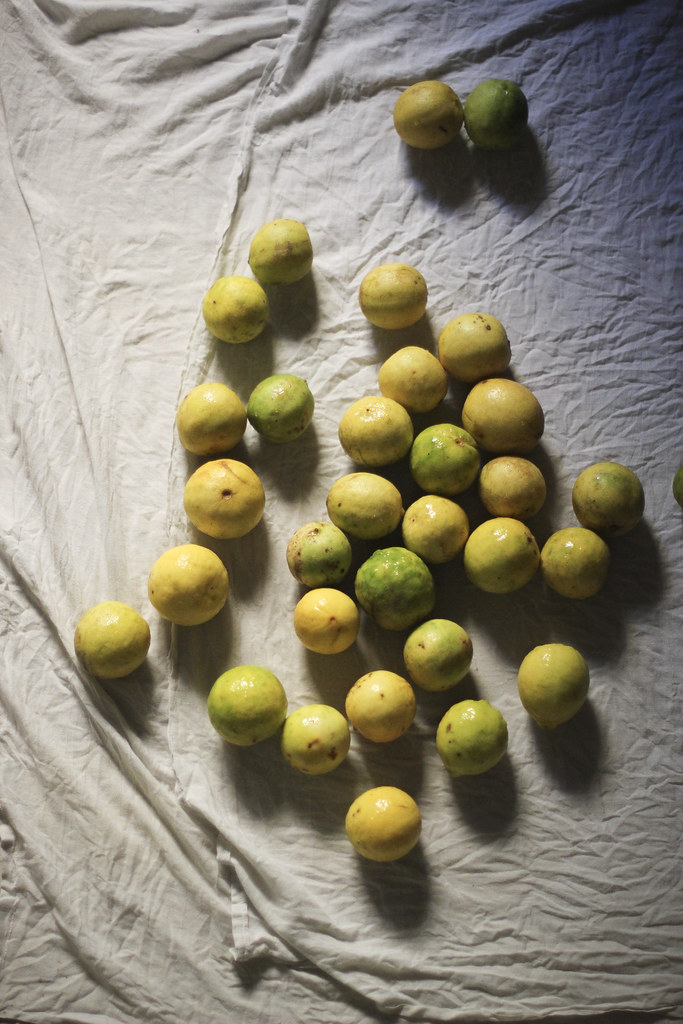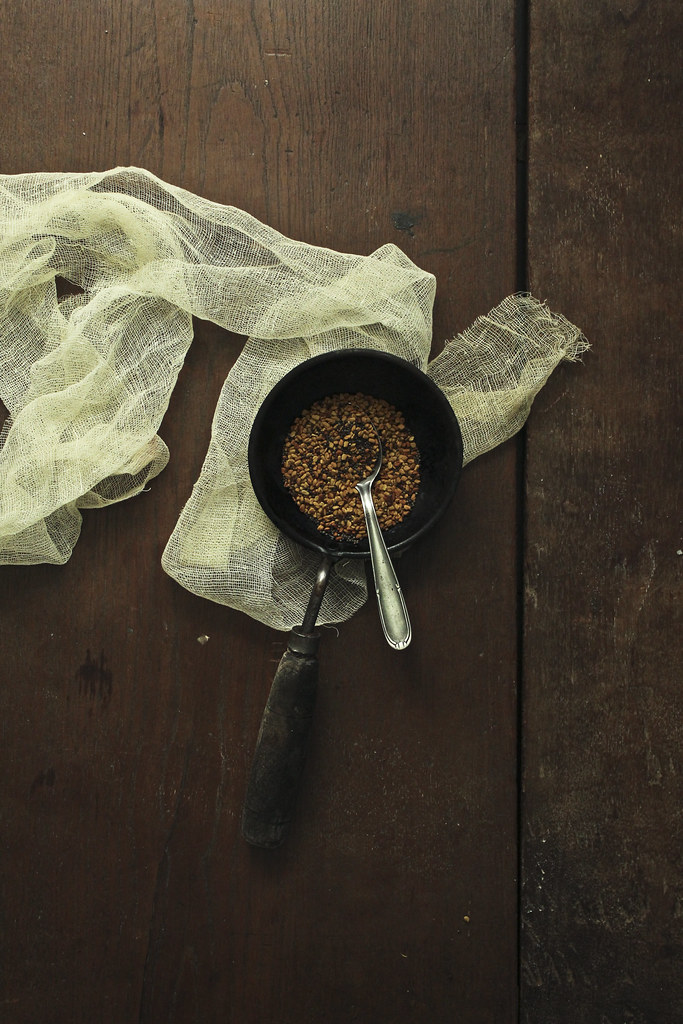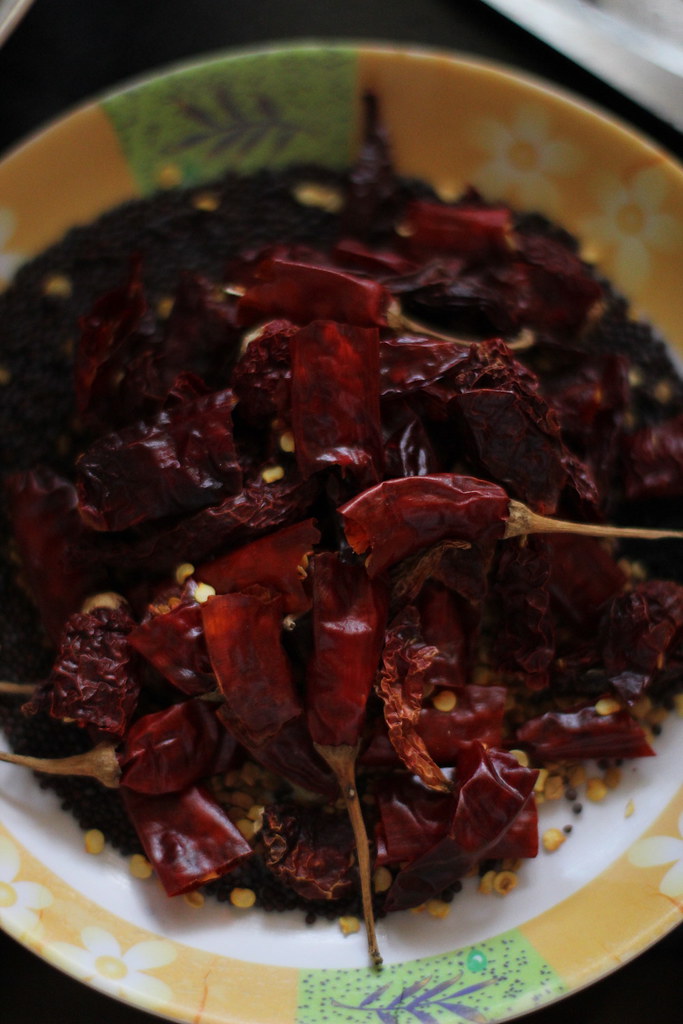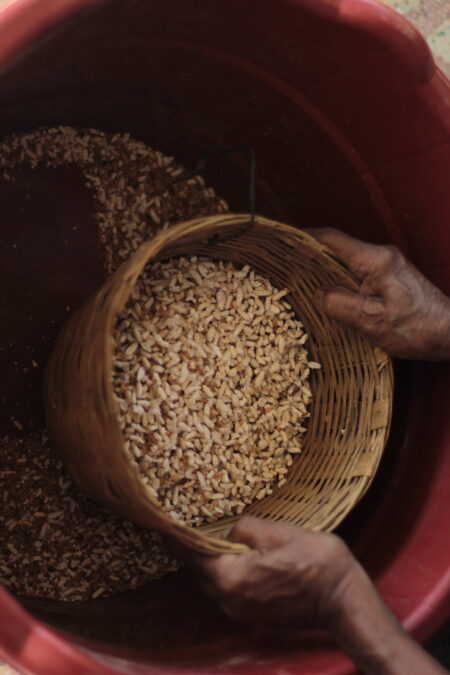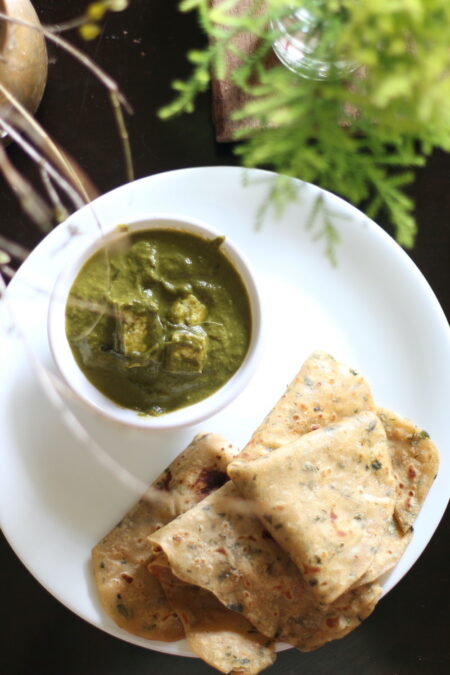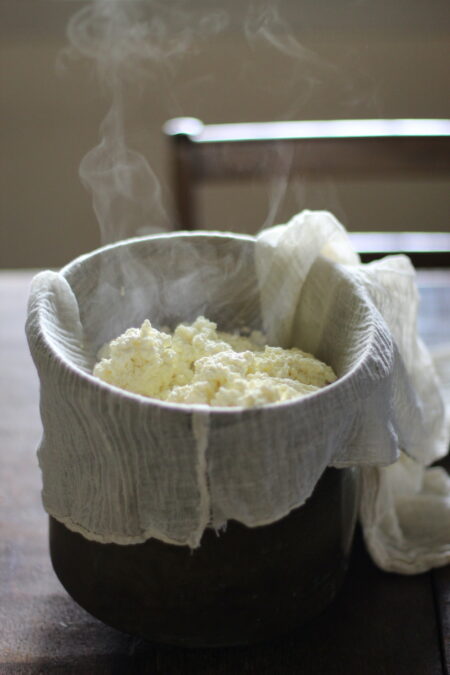Its been months since I started pickling with the seasonal lemons. The citrusy flavours bursting from the fermented lemon jars transport the human senses to a different world. The sense of joy when you dollop that first bite of salty, spicy and the soft lemony bites of the lemon pickle into the curd rice platter, is an enigmatic emotion and something that can’t be written or verbally spoken about.

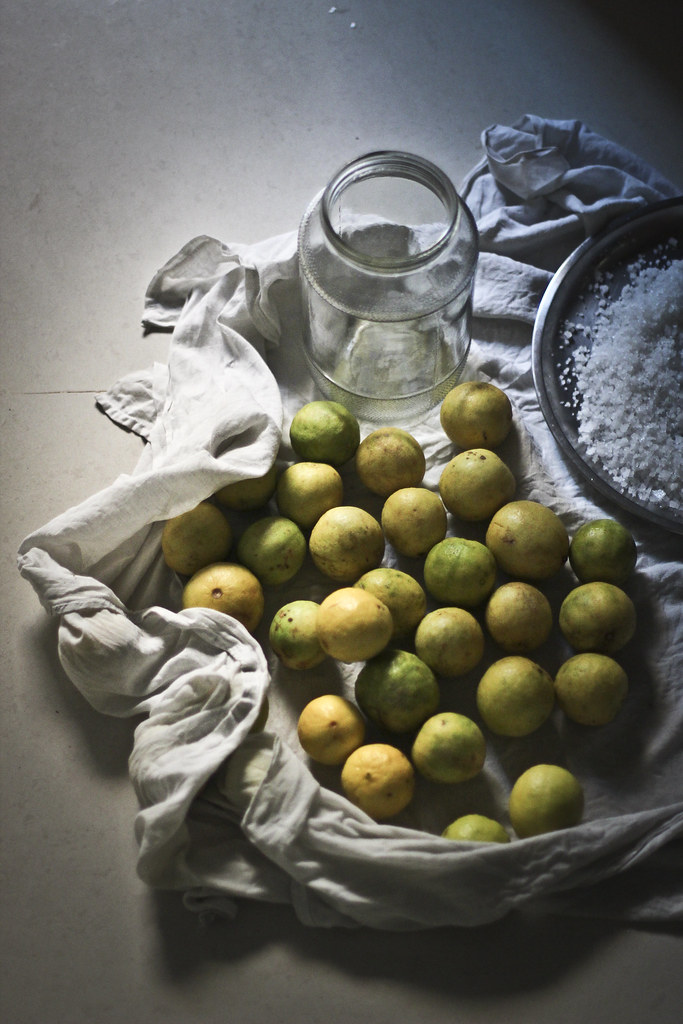

T his is the slow fermentation method of making the pickle, which is more tangier, tastier and has more shelf life compared to the instant counterpart. I’ve loved lemon pickles ever since I was probably a 10 year old, and I recall I could handle the heat of a lemon pickle well even at that age. Mango picking is a rarity for me nowadays with the mangoes facing the jolt of the rains and the times when it has to be the peak of summer, the clime has a different story altogether. I always have a hard time finding a batch of good “Jeerige Midi” (Baby Mangoes) here!

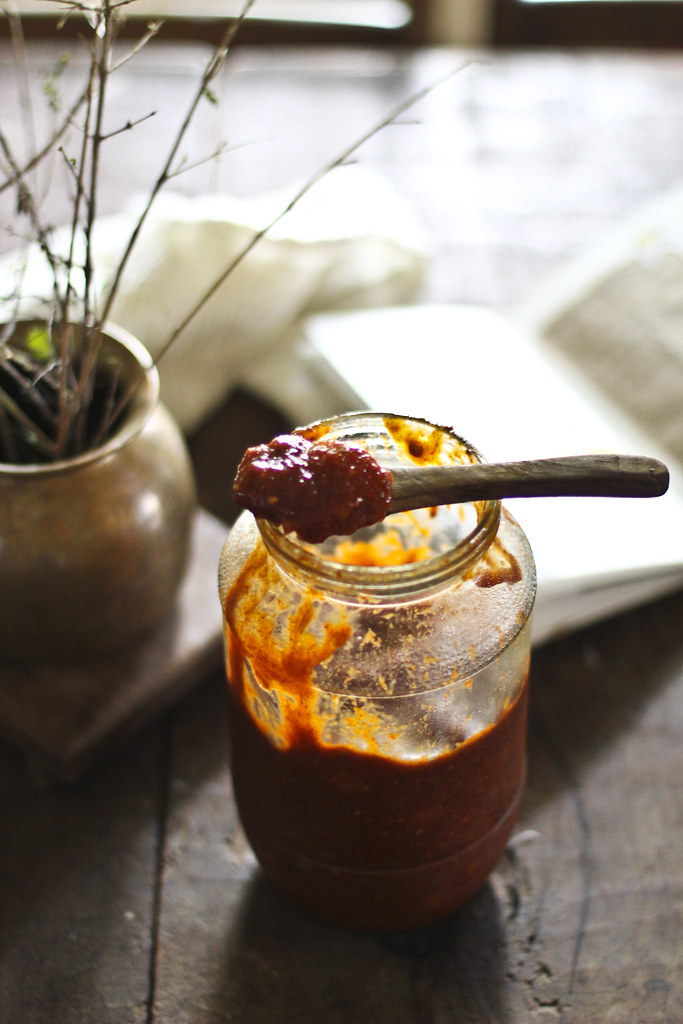
Pickling needs extreme cleanliness and a dry environment as I’ve already mentioned in my previous mango pickle blog post. The process itself is so liberating when you do it out of sheer meticulousness and care.
I’d love you to try this recipe, and there’s one aspect I’d love to point on. You need to let the fermentation happen at room temperature in a dry location of your home. Avoid keeping the jar in your kitchen as the kitchen harbours the maximum moisture levels.

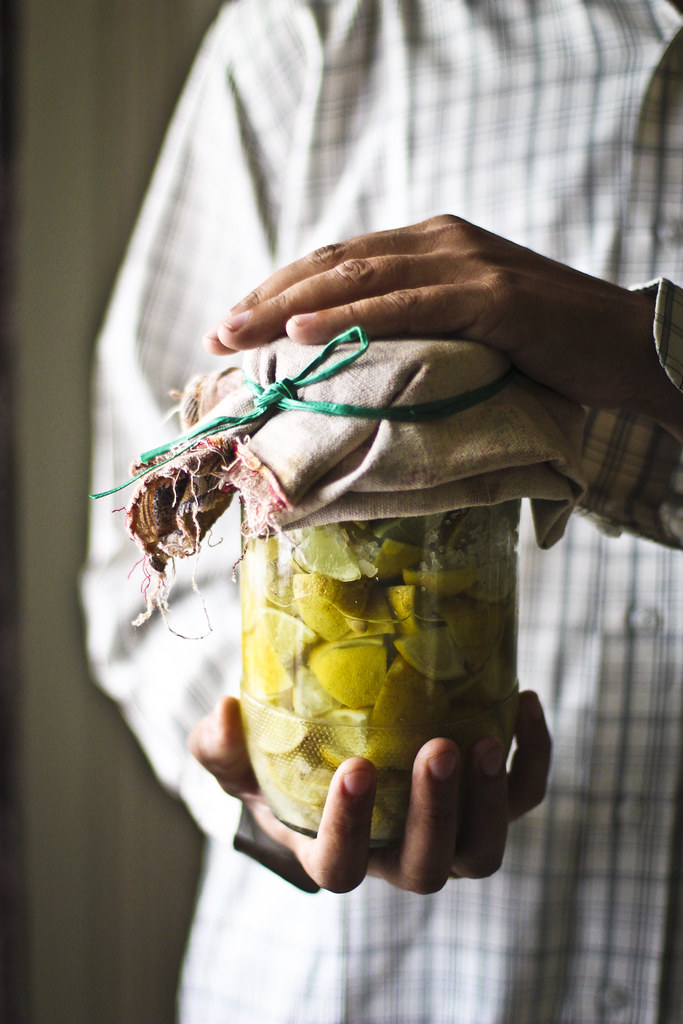


Use fresh ingredients and the most arid environment for making this pickle and you are good to go.

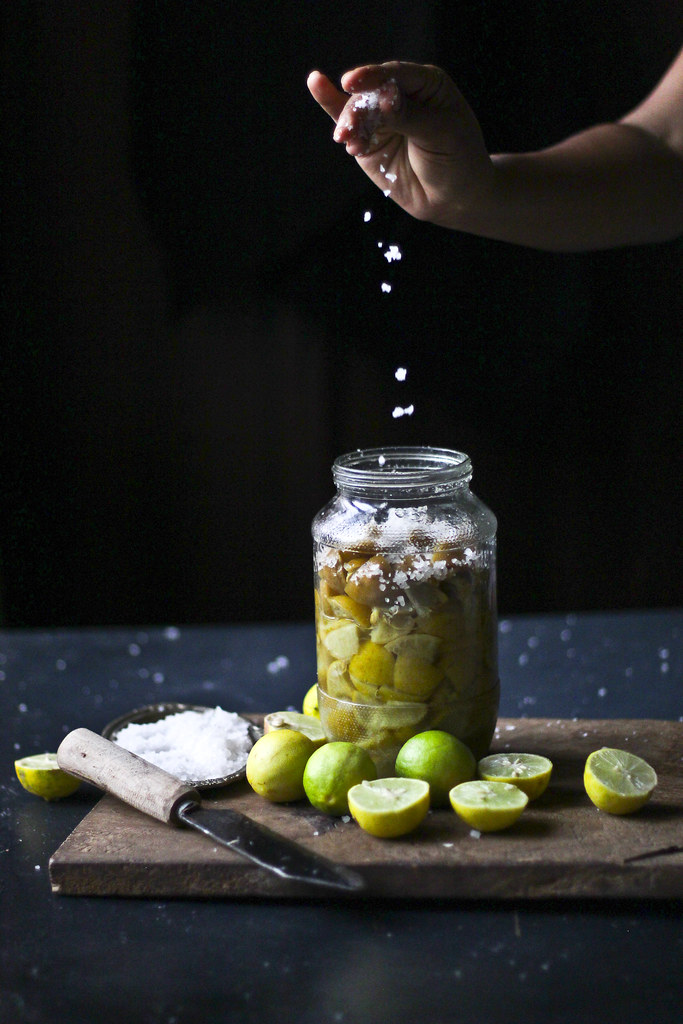
Lime Pickle (Slow Fermentation Method)
- You can as well make these with eggplants and baby potatoes. you can also add some rice flour along with the chilli powder for more crunch. Though I just prefer this recipe without rice flour.
Ingredients
- 30 – Limes
- 3/4 cup – Rock Salt
- 4 tsp – Mustard Seeds
- 4 tsp – Fenugreek Seeds (Methi Seeds)
- 30 Dry red chillies – (Should be a mix of both Byadgi and Guntoor)
- A sun dried chopping board and knife
- 1 cup – Lime Juice – Juice of another 10-15 limes
- A 2 liter ceramic or glass jar – Washed well and sun dried
Directions
- Wash the limes in clean water and pat dry on a towel. Wash your hands clean and dry then completely. Take a sun dried wooden chopping board and knife. Ensure there is no moisture anywhere on the limes and the other things used to make the pickle.
- Chop each of the limes into 8 parts and layer the lime pieces and salt alternatively in the glass jar. Continue the process till the all the limes are chopped and layered. Ensure the last layer is always the salt. Then add the lime juice (Could require another 10 limes for this).
- Cover with the lid and wrap a cotton cloth and tie it to ensure there’s no air entering the jar.
- Keep the jar aside in a cool place for the next three months and keep checking the jar if there’s any abnormality or fungus formation. Give the jar a shake every day. (After three months of waiting I had to add another 1/2 cup of lemon juice and a table spoon of salt since the top layers of limes weren’t completely immersed in brine.) Avoid refrigerating the jar.
- After three months of fermentation dry roast methi seeds, mustard seeds and red chillies in a wok.
- Once the roasted spices cool grind it into a fine powder in a well washed sun dried mixie. Keep aside.
- Wash your hands thoroughly and pat dry. Make sure there aren’t any water droplets. Take a large clean porcelain bowl and spatula, preferably washed and dried in the sun and add the fermented contents of the jar into the bowl. Give it a good mix. Add the freshly ground spice powder and fold the spices well with a wooden spatula.
- Put the pickle back to the same jar and leave the pickle outside for a week and let the spices soak in.
- You can start savouring this pickle after a month.

